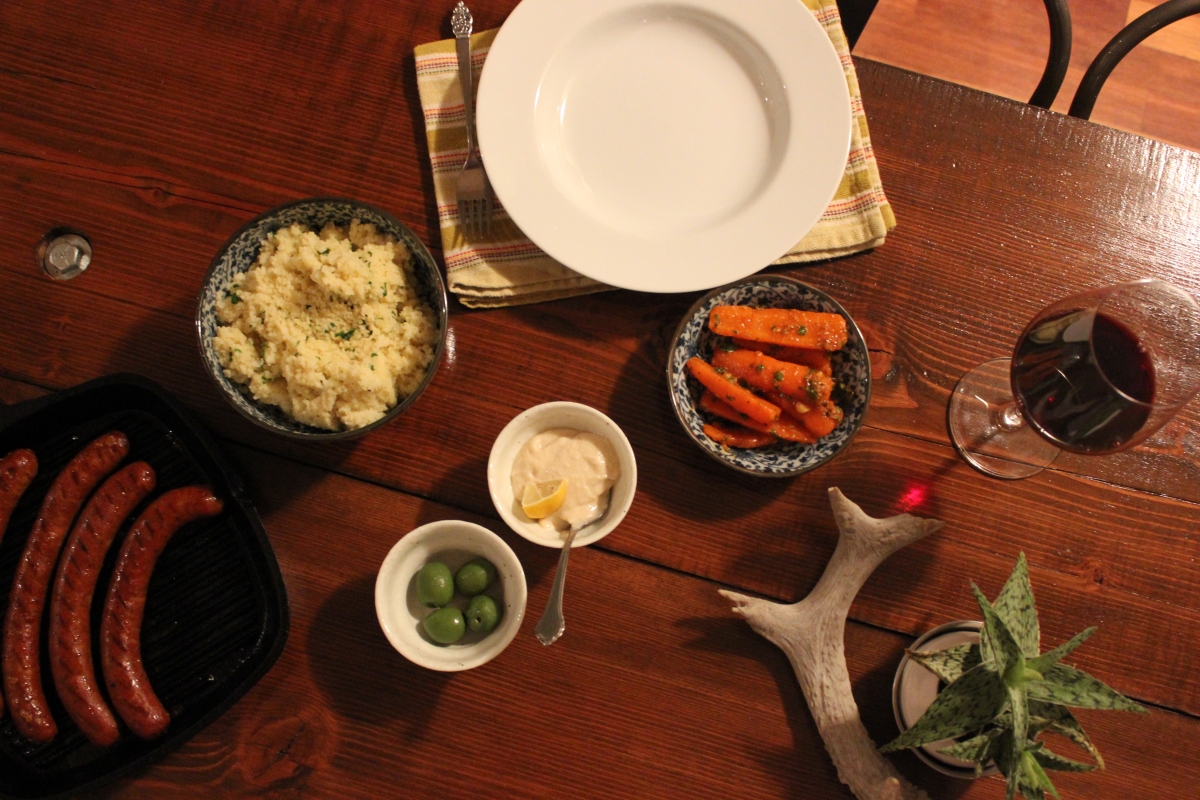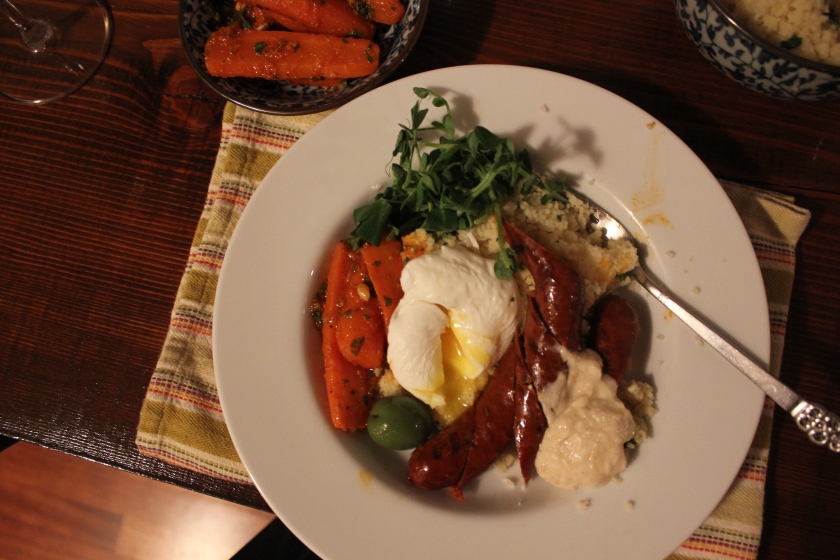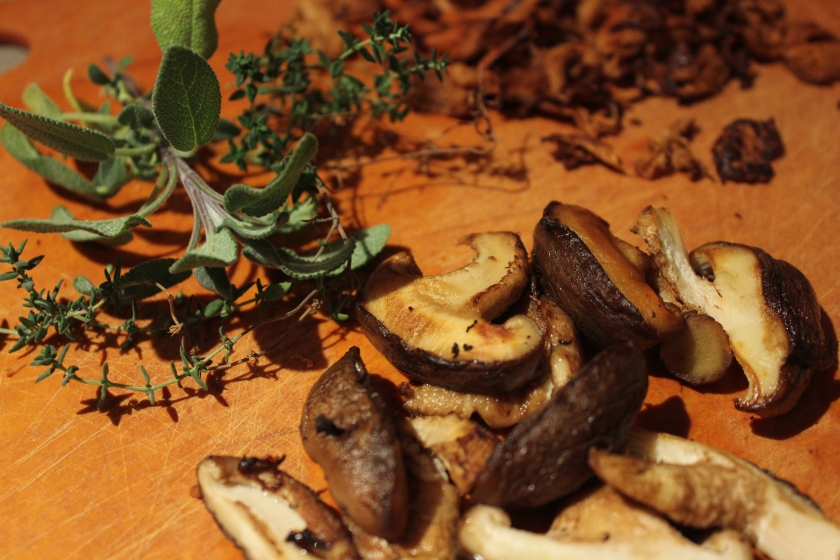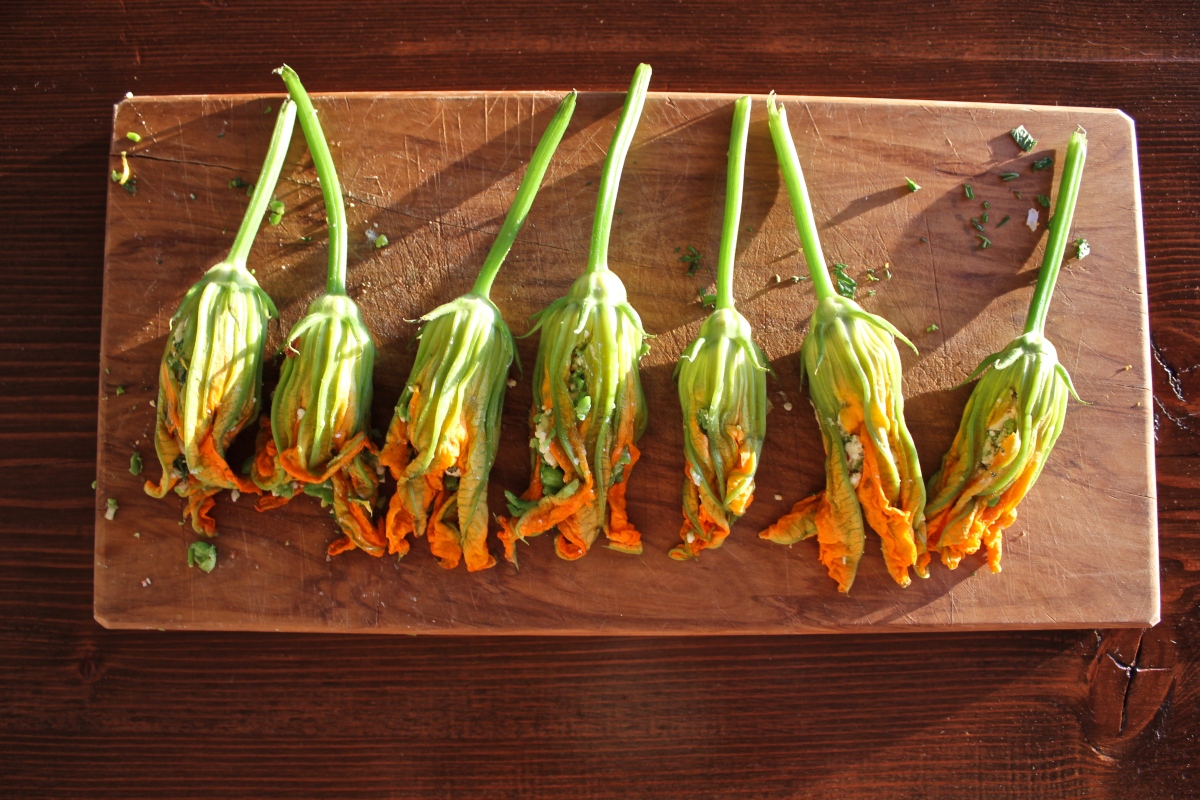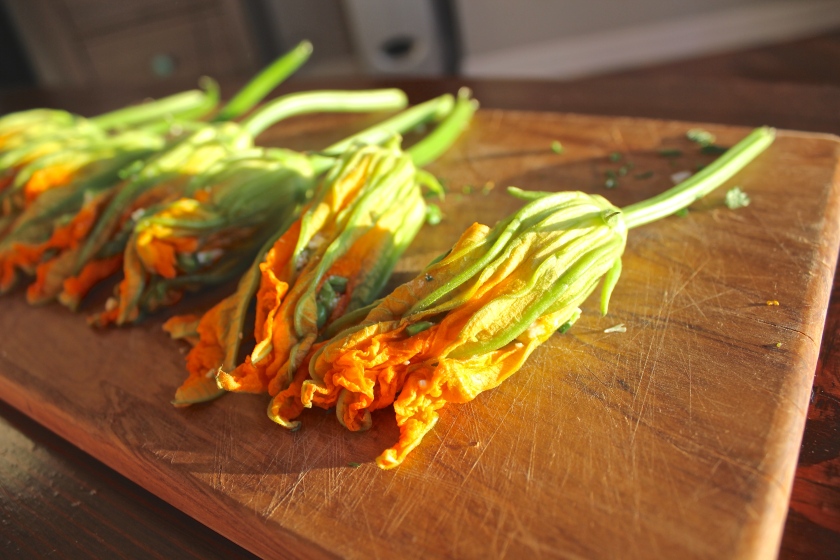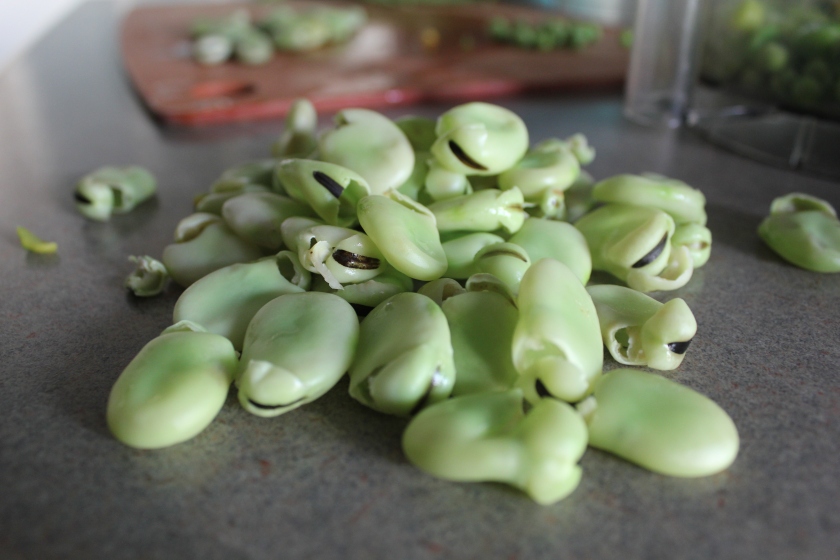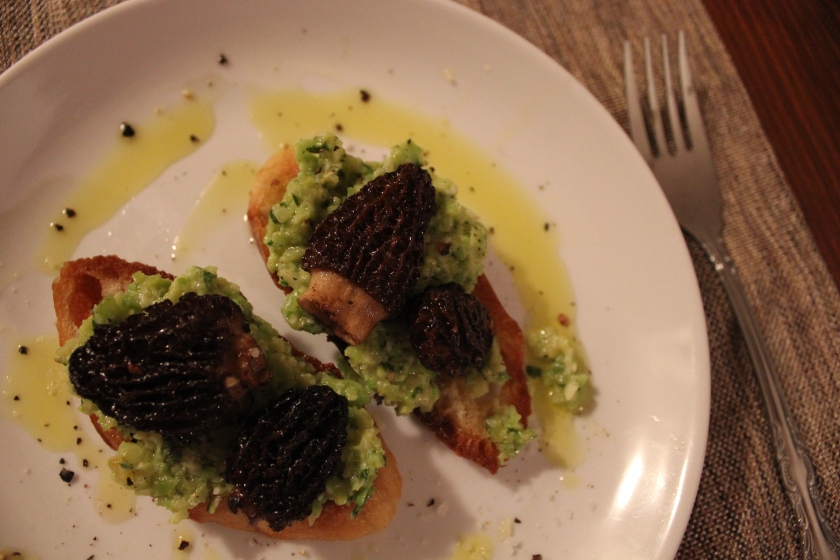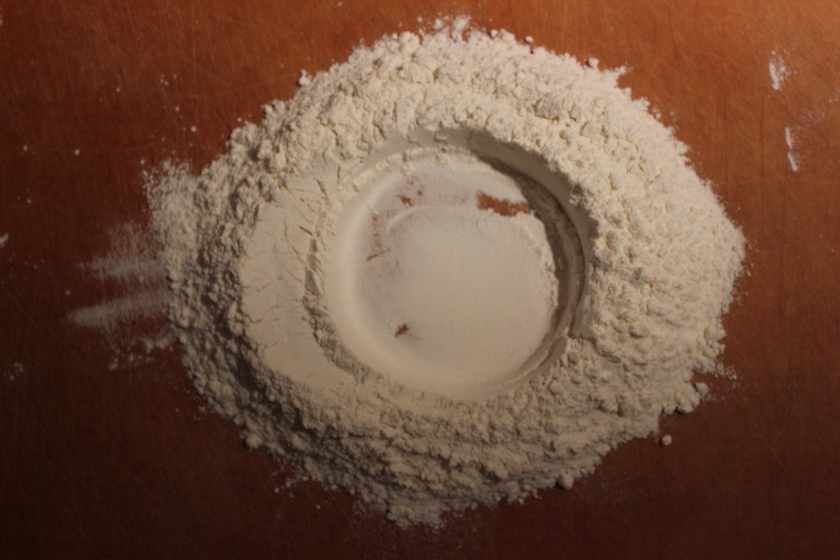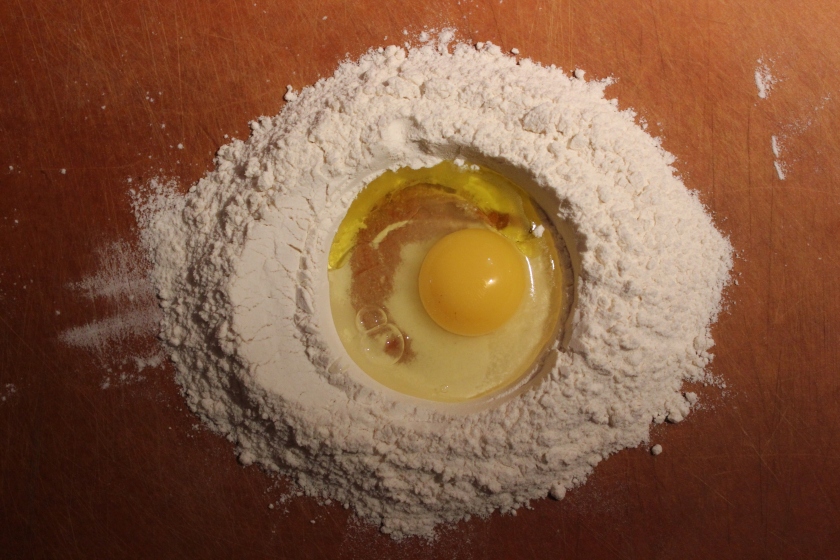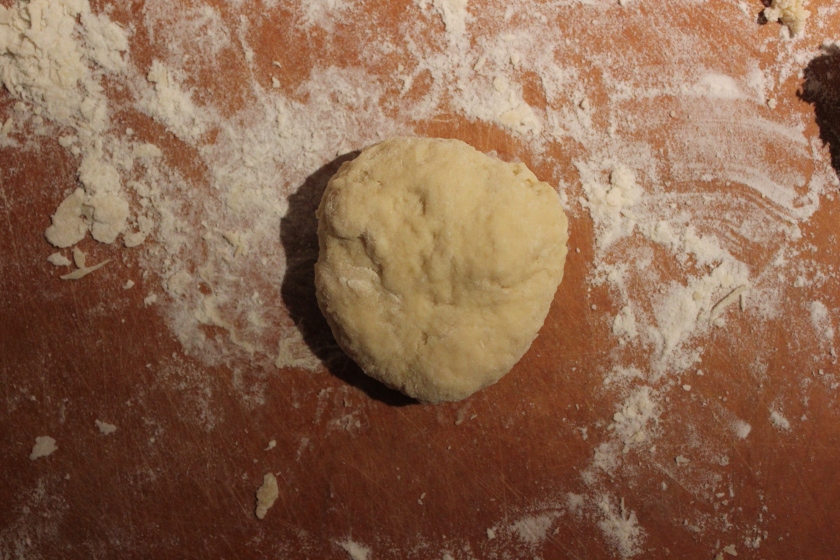This meal was just constructed and subsequently devoured. I feel compelled to write about the experience while basking in the aftermath of its epic-ness. There’s nothing overly complicated about this food, it’s just simple and fucking tasty. In my opinion, that is the epitome of good food.
The ingredients are Moroccan inspired. I love Moroccan food. The flavours are bold, exotic, spicy, refreshing, and soulful. Try this recipe if you find yourself making the same things over and over again, it will knock your panties off! If you end up making this over and over again, well then I can’t help you, but I also can’t blame you.
If you happen to live in Vancouver, travel to Granville Island to obtain the Merguez sausage from Oyama Meats. These guys know what they’re doing.
Ingredients:
Spiced carrots:
4 large carrots, peeled and quartered
One handful of parsley, minced
Half a clove of garlic, minced
Juice of one lemon
1 tsp ground cumin
1 tsp paprika
0.5 tbsp olive oil
Pinch of salt
Lemon yogurt tahini sauce (AKA holy shit this stuff goes with anything):
2 tbsp greek yogurt
2 tbsp sesame tahini
1 tbsp runny honey
Juice of one lemon
Half a garlic clove, minced
Cous Cous:
1 cup cous cous
2 cups water
1.5 tbsp butter
Half a handful of parsley, chopped
Juice of half a lemon
Pinch of salt
4 lamb merguez sausages, from Oyama if you live in Vancouver
One poached egg
Pea shoots or parsley for garnish
Directions:
Spiced Carrots:
- Place 1 cup of water in a small saucepan, add carrots and bring to a boil until the carrots are cooked. About 8-10 minutes.
- While the carrots are cooking, combine the spices in a bowl.
- Drain the cooked carrots, and add to the spice bowl. Toss to incorporate, then add the rest of the ingredients. Let sit for an hour or make the day before and refrigerate. Serve at room temperature.
Lemon Yogurt Tahini Sauce:
- Combine all ingredients in a bowl and mix. It is now ready to serve.
Cous Cous:
- Place the cous cous and water in a saucepan with a half tbsp of the butter and a pinch of salt. Bring to a boil, then remove from heat, cover, and let stand for 5 minutes.
- After five minutes, fluff up the cous cous with a fork, and add the parsley, butter, lemon, and a pinch of salt to taste.
To finish:
- Cook merguez on a cast iron pan over medium high heat until cooked through.
- Serve sausage over bed of cous cous, with a poached egg and parsley or pea shoot garnish. Serve carrots and lemon yogurt tahini sauce on the side.
Pairs well with mint tea. If you’re looking for wine, go with Stag’s Hollow Pinot Noir.
Enjoy!
